As the seasons change, you may need to think about changing your seasonal tires. Whether you're switching to winter tires or to summer tires, it's important to think about how you store your off-season set.
You may have them changed by a professional or do it in your garage at home. But what do you do after they have been taken off? Knowing how to store tires after removing them from your vehicle is essential. In fact, it’s more important than most people realize.
If you don’t handle and store your tires properly, their characteristics can change. This can shorten their life. They can even deteriorate so badly in storage that they need to be replaced.
But if you handle and store them correctly, they will deliver years of service – and you’ll save money.
Using some detergent, water and a tire brush, clean tires before storing them. This will help remove a season’s worth of road grime and brake. Clean your wheels, too, if you store your tires on them. Make sure they’re completely dry before the next step.
This next step requires inaction, rather than action. Tires don’t need any kind of dressing or gloss product applied prior to storage. Tire compounds are formulated to resist ozone cracking and other environmental stressors. Such products can hinder rather than help extend the longevity of your tires.
Find a large, airtight plastic bag to fit each tire. Try yard bags or leaf bags. Ensure the bag (and tire) is free of moisture, then remove as much air as possible from the bag (use your vacuum cleaner!) and tape it shut. This airtight environment will reduce evaporation of oils from the rubber compounds. Specific tire storage caddies or tire totes are also available. These make transporting and storing tires easier and help keep them grime and dust free. However, they aren’t air tight. If you want to use them, bag tires as above first, then place them in your tire tote.
This airtight environment will reduce evaporation of oils from the rubber compounds. Specific tire storage caddies or tire totes are also available. These make transporting and storing tires easier and help keep them grime and dust free. However, they aren’t air tight. If you want to use them, bag tires as above first, then place them in your tire tote.
UV rays and the sun’s heat can wreak havoc on rubber. Your tire storage location should keep them out of direct sunlight.
In cold weather or in warm, tires should never be stored in the open air, even under a protective covering. Think cool, dry, moderately ventilated – and of course out of the sun. Your basement or another climate-controlled space is ideal. If there is a heat source in the room, the tires must be shielded from it. Most garages, sheds and attics undergo a range of temperatures, precipitation and humidity. You want to avoid these fluctuations.
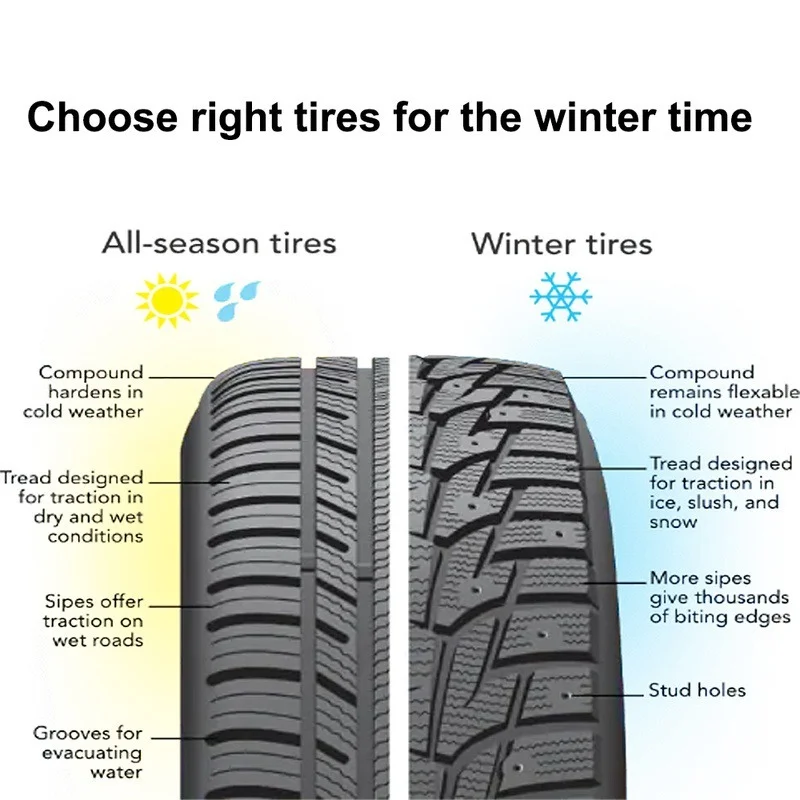 Avoid chemical exposure
Avoid chemical exposureYour number one chemical to avoid: Ozone. It’s particularly damaging to tires. Electric motors that use contact brushes generate ozone. These can include:
Ensure your storage area contains none of these items. The following should also be avoided:
Got whitewalls – or other white parts (like lettering) on your tires? In case you’ve decided not to bag your tires, store them with white areas touching other white areas, and black touching black. Here’s why: The black rubber on the white side is compounded differently than the black rubber on the other side. A layer of non-staining black rubber is used on the tire's white side to prevent oils migrating from the black to the white areas and causing discoloration. The black sidewall uses standard rubber. Therefore, store black-to-black and white-to-white to help keep white rubber bright and avoid marks.
Therefore, store black-to-black and white-to-white to help keep white rubber bright and avoid marks.
You have three options for how to store your tires:
The best option is standing, as it puts less stress on the tires. If you must stack, try not to stack too high. You want to avoid it tipping and damaging the tires. Tires mounted on rims? Stacking is actually preferable in this case. Another great option for tires on rims is hanging them from tire racks or hooks. Never hang unmounted tires as this can distort and damage them.
Tires will age. But these tips will help extend their life. If you want to make sure that the storing of your tires is in professional hands we would recommend to let them be stored at your tire dealer. And remember: It’s a great idea to get your tires checked by a tire professional before they are mounted onto your vehicle again for another good season of driving.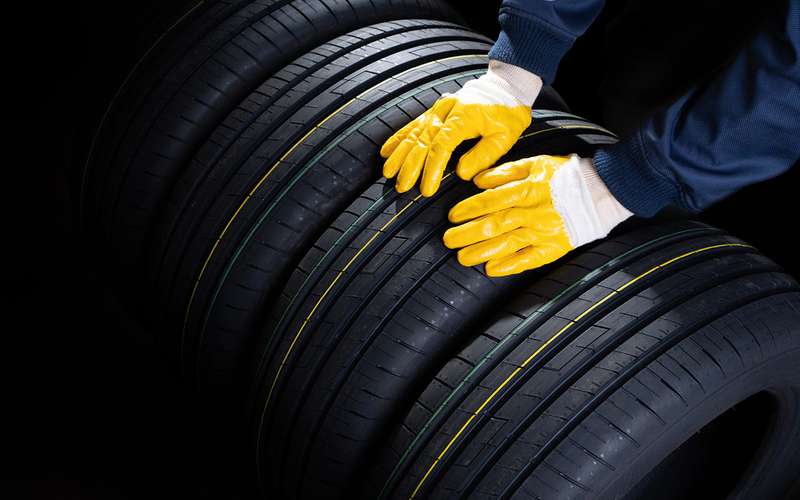
If you have an extra set of tires and wheels for winter or summer driving, proper storage can help you get the most life out of your investment while also having them ready for your next seasonal changeover. We have some tips to help you store those tires and ensure your next seasonal changeover goes smoothly.
Select Les Schwab Tires locations can make tire storage easy. When it's time to change tires for the season, we'll store your other, bulky and dirty tires. Learn more about this time and space-saving option.
It's time to change to your winter tires when nighttime and early morning temperatures stay at or near 40º F. While you won’t ruin your winter tires overnight, they will wear out faster as temperatures rise. Additionally, if you live in a snowy area, consider changing to your snow tires ahead of the first snowstorm of the season.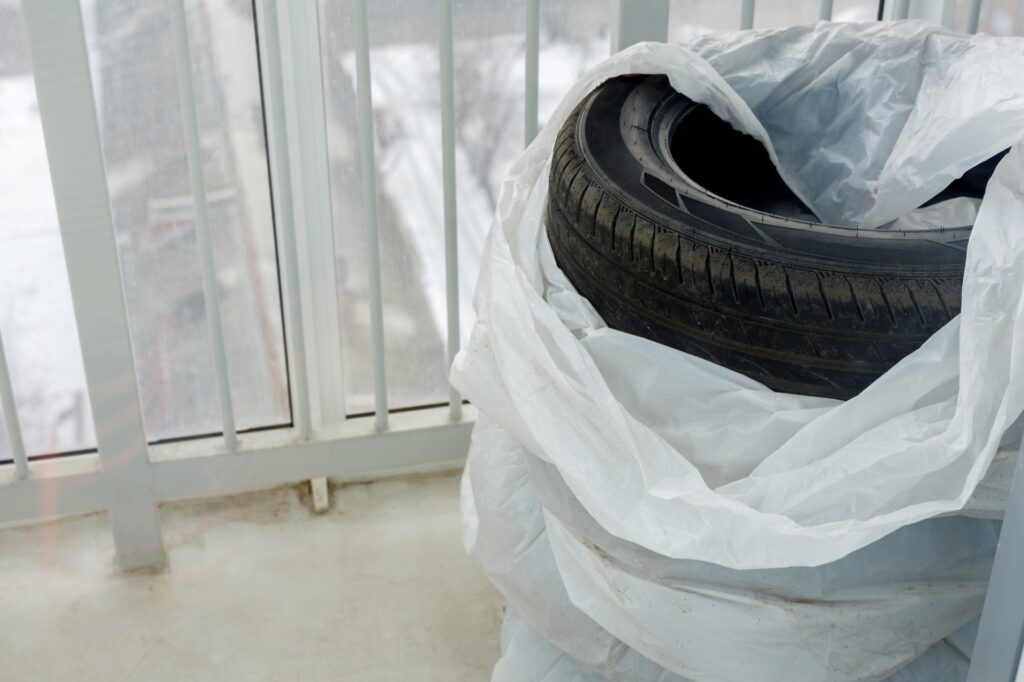
While it is advisable to carry a spare tire or have a plan if you get a flat, it’s not a good idea to store your seasonal tires in your vehicle. Why? Because those tires and wheels will add weight to your car or truck, reducing your MPG or range. Plus, the inside or back of a car or truck is not the ideal environment for storing tires. Keeping them there can cause safety issues and premature tire degradation.
When your winter tires are mounted on wheels (also known as rims), your tires will last longer and your seasonal changeovers will go a lot faster. That’s because we won’t need to remove one set of tires and replace them on a single set of wheels. Instead, we’ll simply remove the prior season’s tire/wheel set and install the next season tire/wheel set, check the tire pressure, perform some visual safety inspections, and send you on your way. Plus, you won’t be charged a changeover fee.
Here’s how to properly store your tires for any season.
When you have the correct air pressure in your tires, it can improve fuel efficiency and safety. But what about tires that are in storage? Those tires need the proper air pressure too. When properly inflated, tires will store better. Check out how to put air in your tires.
Grime, tar, rocks, and other debris can really build up on your tires and wheels. Every time your tires are changed out for the season, clean them off before storing. Scrub them with soap and water, then allow them to dry completely. Storing wet wheels can encourage corrosion and/or pits in the metal. Even a little moisture can cause problems. Some Les Schwab locations offer tire storage and cleaning. Find a location near you.
Once your tires are clean and ready to be stored, put them back into the yellow Les Schwab bags after changing them out.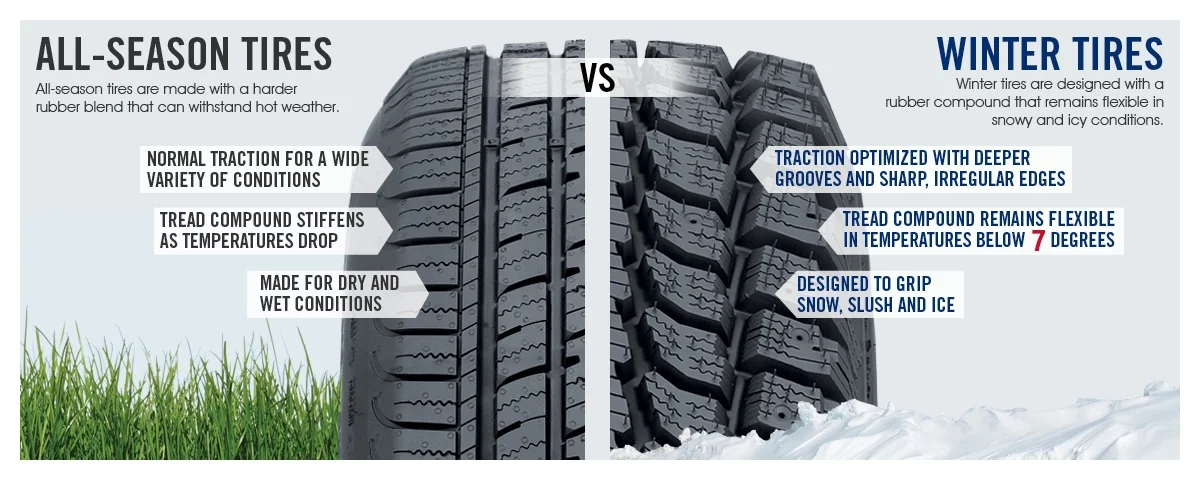 If you don’t have Les Schwab bags, large garbage bags will also work. Depending on where you store them, do what you can to keep dust, leaves, and other materials off the tires.
If you don’t have Les Schwab bags, large garbage bags will also work. Depending on where you store them, do what you can to keep dust, leaves, and other materials off the tires.
To get the most life out of your seasonal tires, proper storage means keeping them out of the elements and under a cover (roofline, awning, shed, garage). This helps minimize wear and maximize the life of your tires. Additionally:
Your local Les Schwab is ready to help with your seasonal changeovers, including adding your winter tires to a separate set of wheels. It’s a smart move that will save you time and help you avoid changeover fees. Be sure to schedule your appointment to avoid the winter and springtime rush. Or just stop by. We’ll help you get the most from your seasonal tires.
Or just stop by. We’ll help you get the most from your seasonal tires.
Les Schwab may be able to help. We offer seasonal tire storage at select stores.
Participating Locations
How to store summer tires in winter. A set of good “shoes” for a car is a purchase not for one season...
A set of good “shoes” for a car is a purchase for more than one season. Caring car owners know that it is not a sin to invest in rubber, but sometimes even the excellent quality of purchased tires does not save them from a significant reduction in the "life" period. One of the reasons is improper maintenance out of season.
How to store rubber so that after a few months of inactivity it will again be as if it had just come from the salon, we will consider in this article.
At what temperature can summer tires be used? Many domestic drivers put off changing tires, as they say, on the back burner, and drive a lightweight summer version almost until the first frost. And very in vain, since it is both uneconomical and dangerous. Firstly, it makes no sense to wear out summer tires too much, because in a few months they will be needed again. And no matter how good the kit is, even on a reliable HANKOOK, driving on a snow-covered road is simply dangerous.
And very in vain, since it is both uneconomical and dangerous. Firstly, it makes no sense to wear out summer tires too much, because in a few months they will be needed again. And no matter how good the kit is, even on a reliable HANKOOK, driving on a snow-covered road is simply dangerous.
The best time to store summer tires is October-November. Even when it is still relatively warm during the day, and the air warms up to 10 or even 15 degrees, at night the imminent arrival of winter is felt more and more. With an average daily temperature below 10 degrees, it is already necessary to find an option for storing tires in the winter and purchase a new one or get last year's set of winter tires.
It is not so important in which room to store summer tires. It can be anything - from a garage to a balcony. The main thing is that the storage location meets a number of criteria:

The most common place where tires usually go to winter is the garage. If it meets all the requirements, then this is an excellent solution, but, as practice shows, the vast majority of garages are characterized by excessive dampness. Such a room will protect the tires from the sun, but it will expose them to a host of other destructive factors. Most likely, it will be quite cold there in the cold, and it is difficult to protect tires from foreign substances in the garage.
The balcony has its drawbacks. Usually this is a limited area where the tires are in danger of being squeezed, and the rays of the sun are almost guaranteed to reach them on a fine winter day. Some motorists choose the basement for storage. He has the same flaws as the garage, with the only difference being that they appear much stronger. Both dampness and humidity in the basement will definitely not contribute to the longevity of your summer set of tires.
Modern and comfortable, but not the most budget option - leave the wheels to professionals.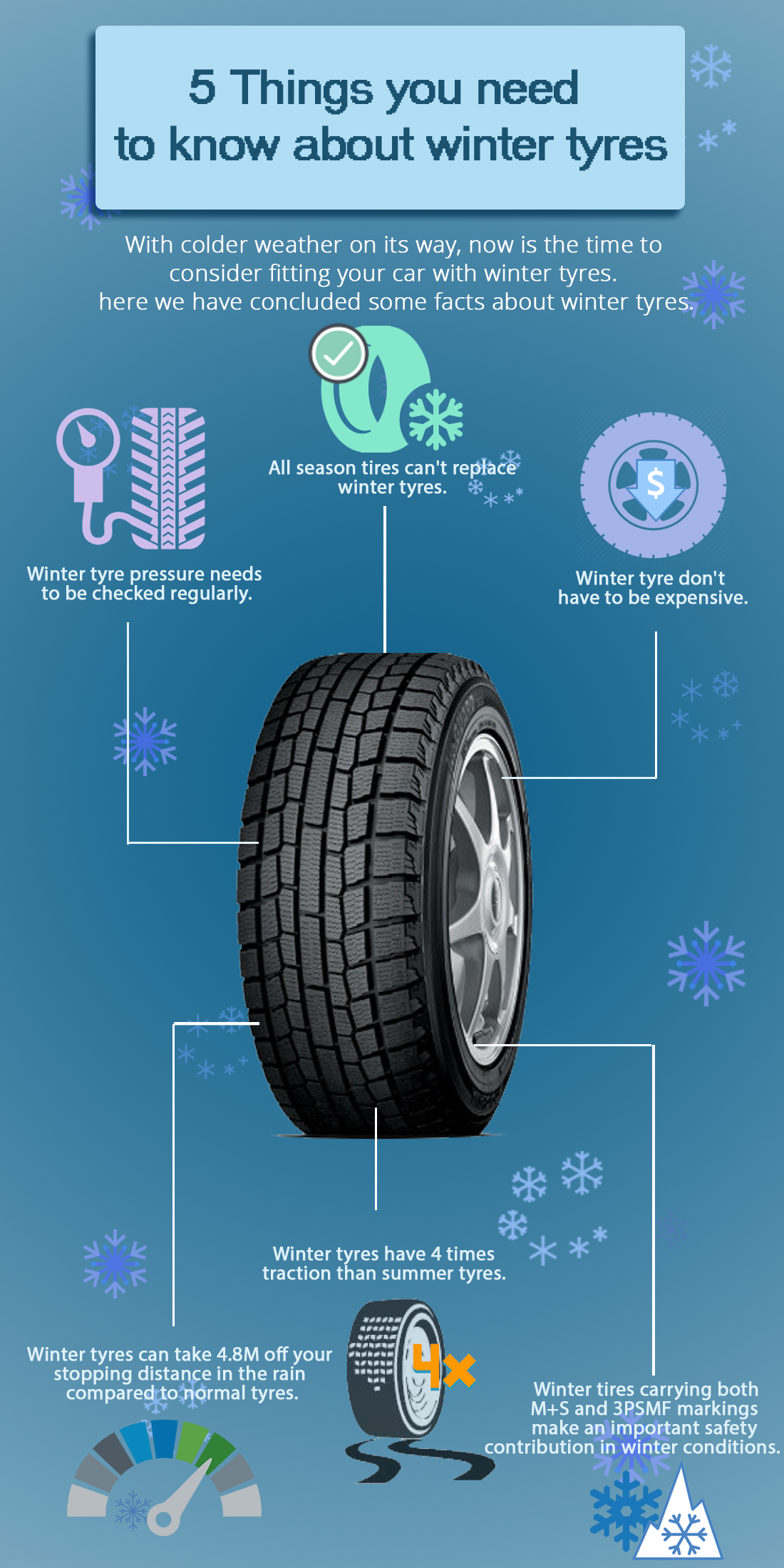 Many car services offer a similar service - for a small amount, your set of tires will be provided with ideal conditions for a winter holiday.
Many car services offer a similar service - for a small amount, your set of tires will be provided with ideal conditions for a winter holiday.
Important! Be sure to decide on where to store summer tires before changing a set. Even a short stay of rubber in inappropriate conditions can harm it. Replacement should occur once - the tires are removed, brought into proper form, cleaned. Do not throw them away, leaving the rest for later.
Let's figure out how to store tires so that with the onset of spring warming you do not have to urgently purchase new wheels. Experts agree that improperly overwintered tires end up being a danger on the road. The reasons are banal - exposed to excess cold or moisture, it loses its elasticity, as a result of which the braking distance increases significantly. The same happens in the case when deformation has occurred.
To avoid such unpleasant consequences, it is not enough to choose a suitable place to store summer tires in winter.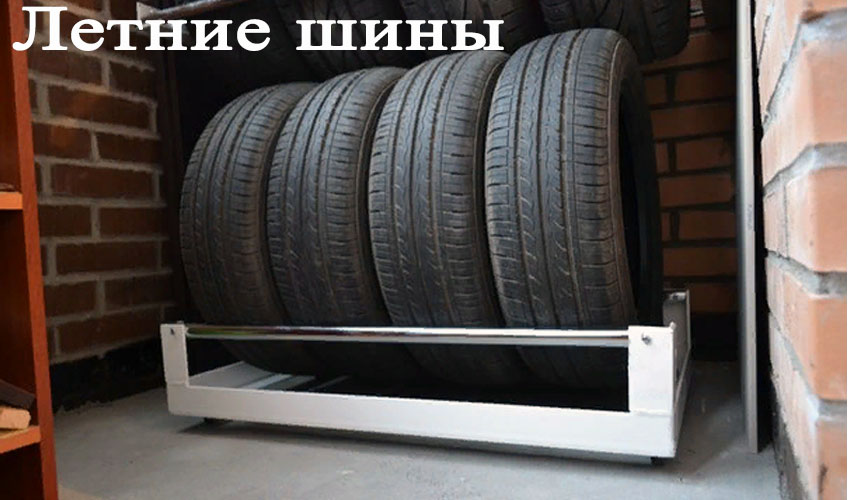 It is necessary to leave them in the correct condition, that is, carefully prepare.
It is necessary to leave them in the correct condition, that is, carefully prepare.
Several conditions must be met:
Dust, dirt, small stones are the main enemies of a responsible motorist. Make sure the tires are really clean.
If you decide to leave your tires in a car service, you don't have to worry about it - they will be removed and prepared for you there.
The answer to this question directly depends on whether the rubber will winter on the disks or not. In these two cases, the principles of storage are fundamentally different.
On discs:
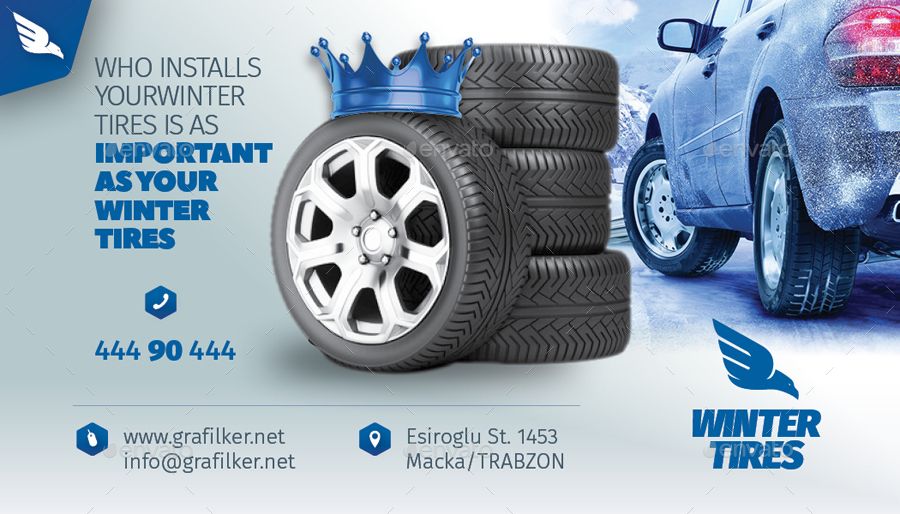
Without discs:
Please note! Never put tires in plastic bags. With this method of storage, condensation forms inside, and moisture, as we have already found out, is detrimental to tires. If necessary, the wheels can be covered with a film, but be sure to leave gaps for air circulation.
According to modern technical and operational requirements, a car needs to be replaced twice a year - with winter and summer tires. There is no difficulty with this, this work is quickly and inexpensively performed at any tire fitting. However, car owners are faced with the problem of storing the removed rubber, since it is too expensive to buy it annually. In order for the tires not to lose their characteristics, it is necessary to follow the rules for storing them in the winter when they are not in use.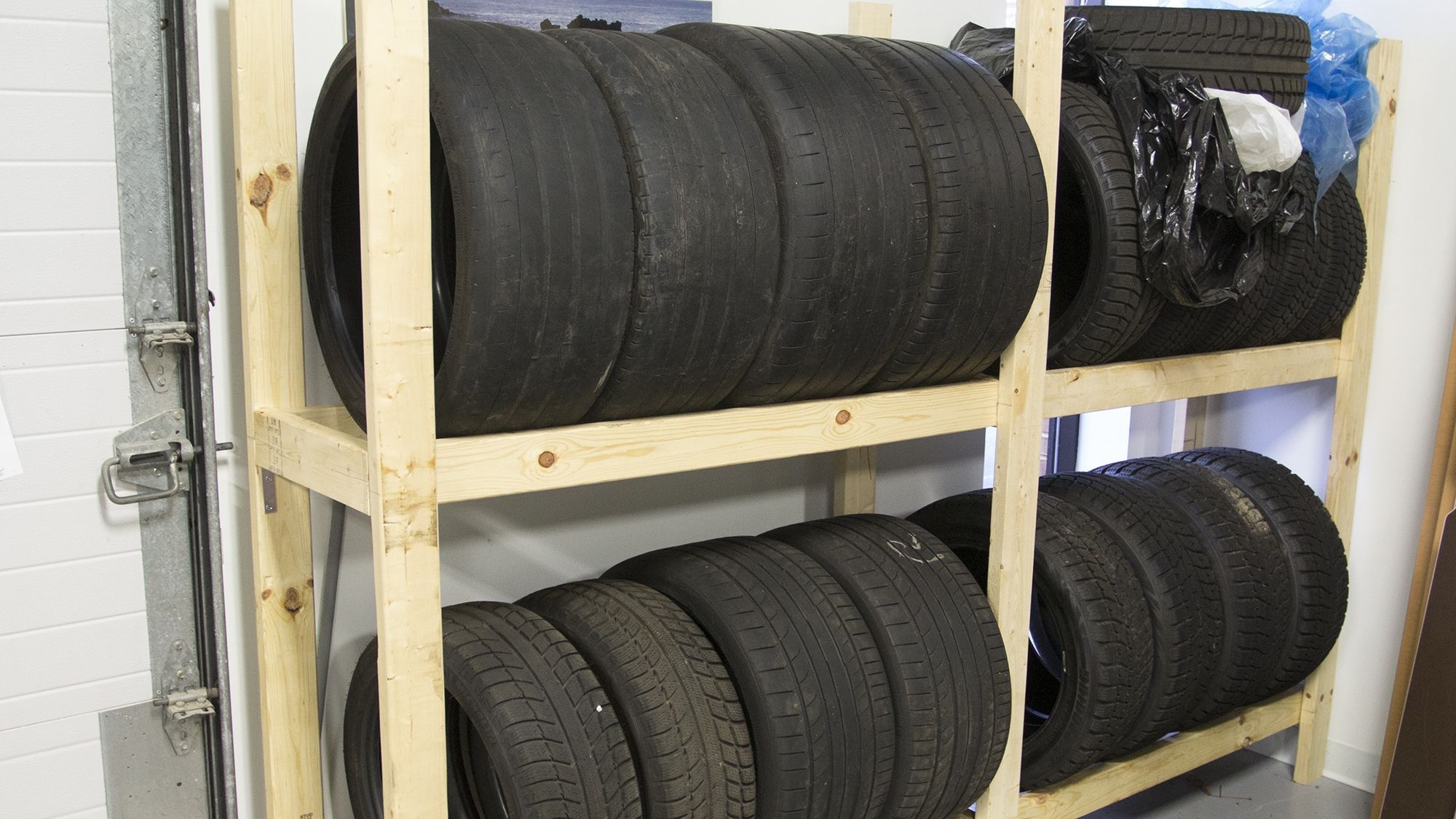
Contrary to popular belief, storage of summer tires at sub-zero temperatures is not forbidden, they do not have a special effect on its composition. It is stored both on disks and without them. Among the most common places for storage are:
 There is another negative point - direct sunlight that destroys its structure.
There is another negative point - direct sunlight that destroys its structure.
When dismantling tires, a note is made of which wheel they were removed from, for example, the left front "LP" and so on, so that after winter they can be installed in the same positions. If the tread is worn out, the wheels are reinstalled in a cross pattern.
The ideal way to store rubber is under pressure, without removing it from the rims, in this case it is not damaged and most easily endures winter idleness. If there are no extra wheels, you must follow certain rules for storing summer tires. This is due to the fact that they should not be allowed to deform. Any dent will not straighten out when inflated, the carcass will be damaged and the rubber may have to be thrown away.
Removed tires must be installed on a tread, flat surface. You can not squeeze them from the sides, for example, trying to squeeze between the walls, it is forbidden to lay out any objects on them.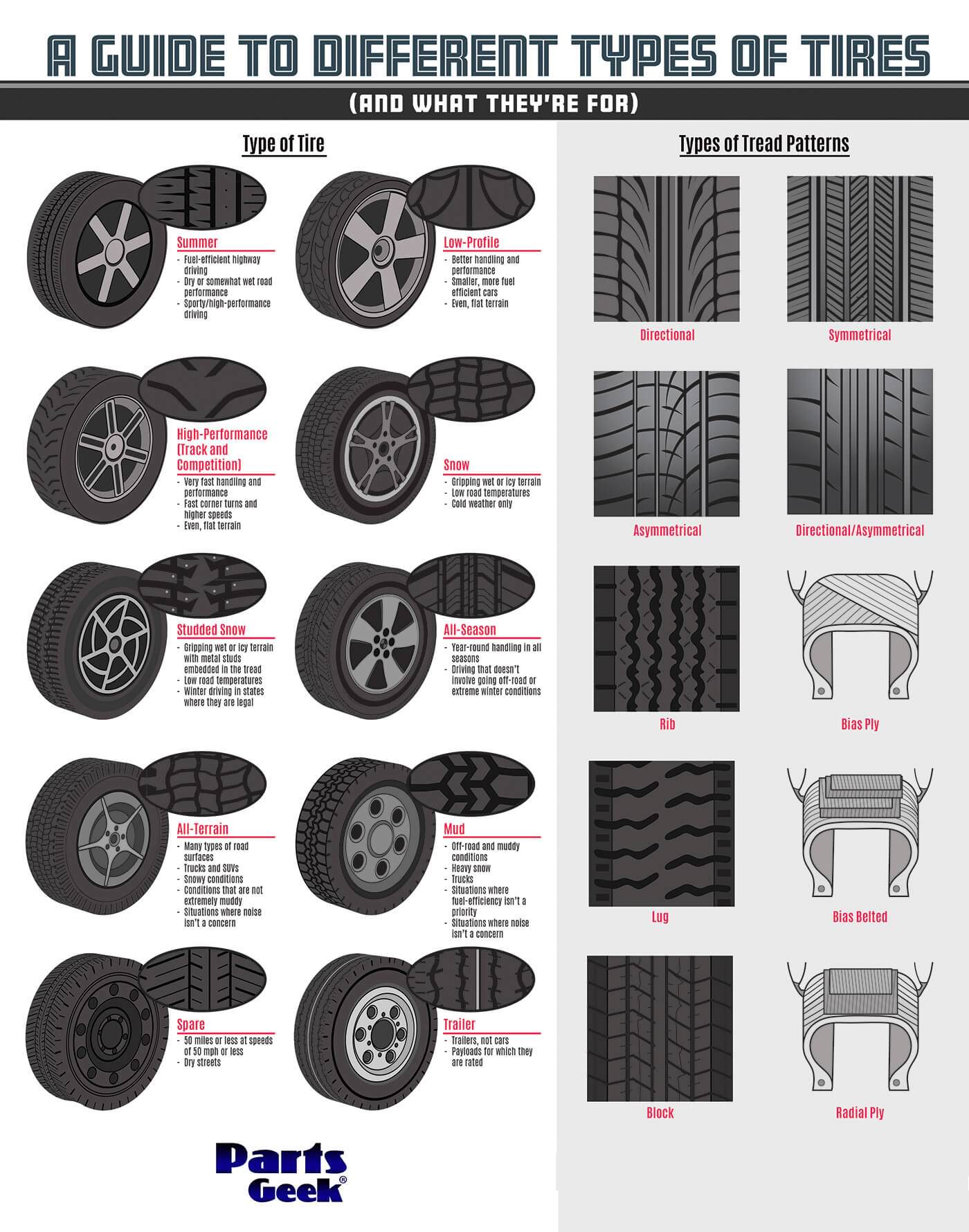 The rubber subjected to deformations for a long time will change its shape, which cannot be straightened after mounting on disks and inflating. Changing the geometric shape will cause it to not adhere to the disc, losing pressure, unevenness and damage to the cord.
The rubber subjected to deformations for a long time will change its shape, which cannot be straightened after mounting on disks and inflating. Changing the geometric shape will cause it to not adhere to the disc, losing pressure, unevenness and damage to the cord.
One of the most common mistakes when storing summer tires without rims is suspension. They must be placed vertically on the protector, without clamping the side walls, preferably on racks. To prevent tires from becoming elliptical, they need to be rotated 90º 3-4 times during storage, on average every 2 months.
Wheels stored on disks, on the contrary, are better to be hung up, if there is such an opportunity in a garage or any other backyard space. In order not to overload the rubber, the pressure is released by 50%, but by no means completely. In this form, tires can be stored on their sides in piles, but no more than four in height. Otherwise, the tread will lose its profile, taking on a rounded shape. This deformation will not correct itself after the tire is re-inflated to operating pressure.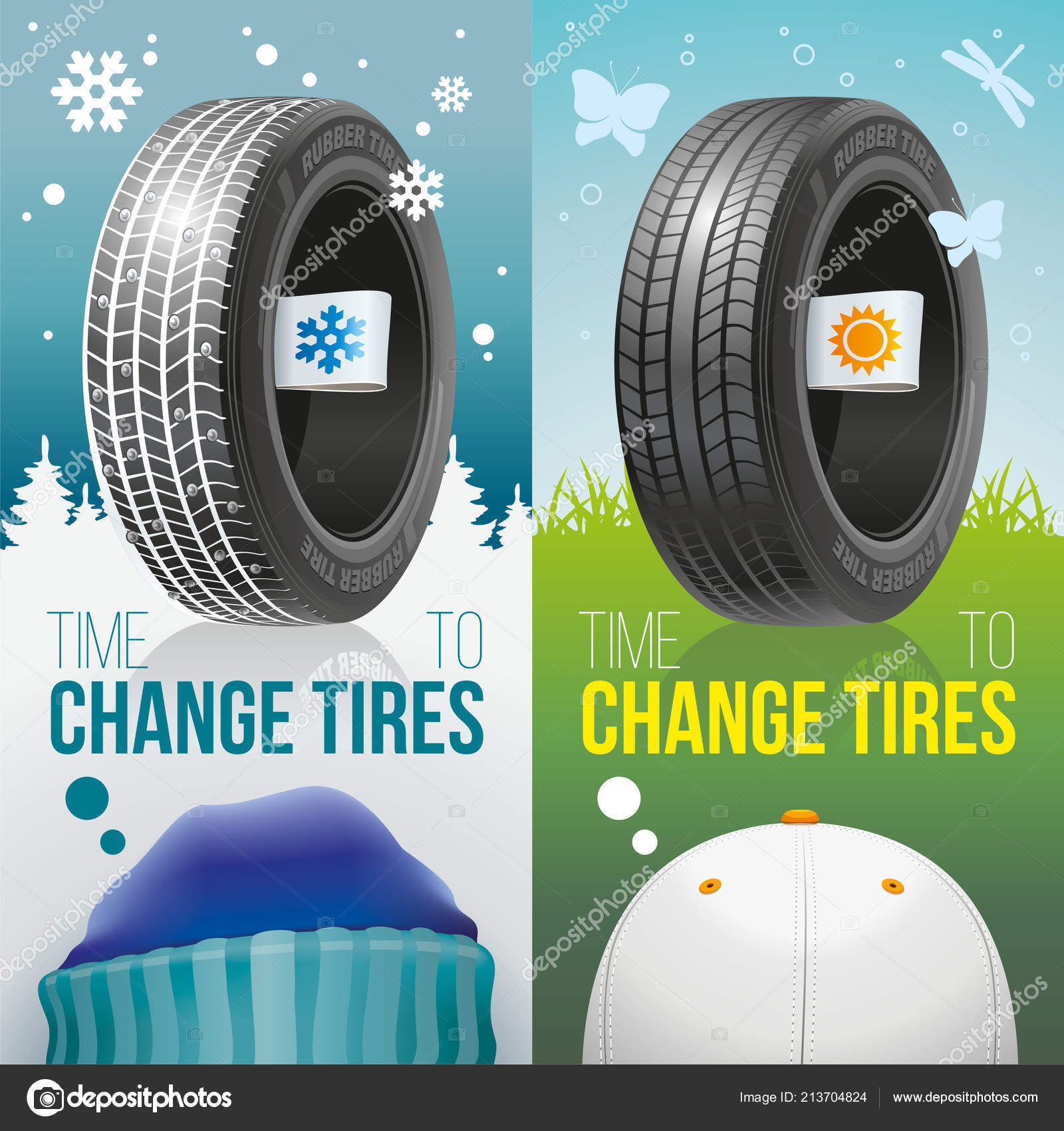
The sun's rays, falling on the rubber, even in cold weather, dry it out, causing it to crack. Therefore, storage of tires on balconies or in the open air is allowed for no more than one month. If it is not possible to place them indoors, the tires are covered with a dense dark film.
It is very important to keep the rubber free from chemicals such as gasoline, diesel fuel, oils, paints. Detergents and other household chemicals, dust and small debris will be harmful to tires. Therefore, for storage of tires, it is better to cover them with covers or any other opaque dust- and moisture-proof material.
It should be noted that the rules for storing summer tires in the autumn-winter period are simple and clear. But it happens that a car enthusiast does not have a place where tires can be stored, especially for residents of large cities who store their cars in paid parking lots. In this case, it is better to hand over the rubber for storage to specialized companies or car services.